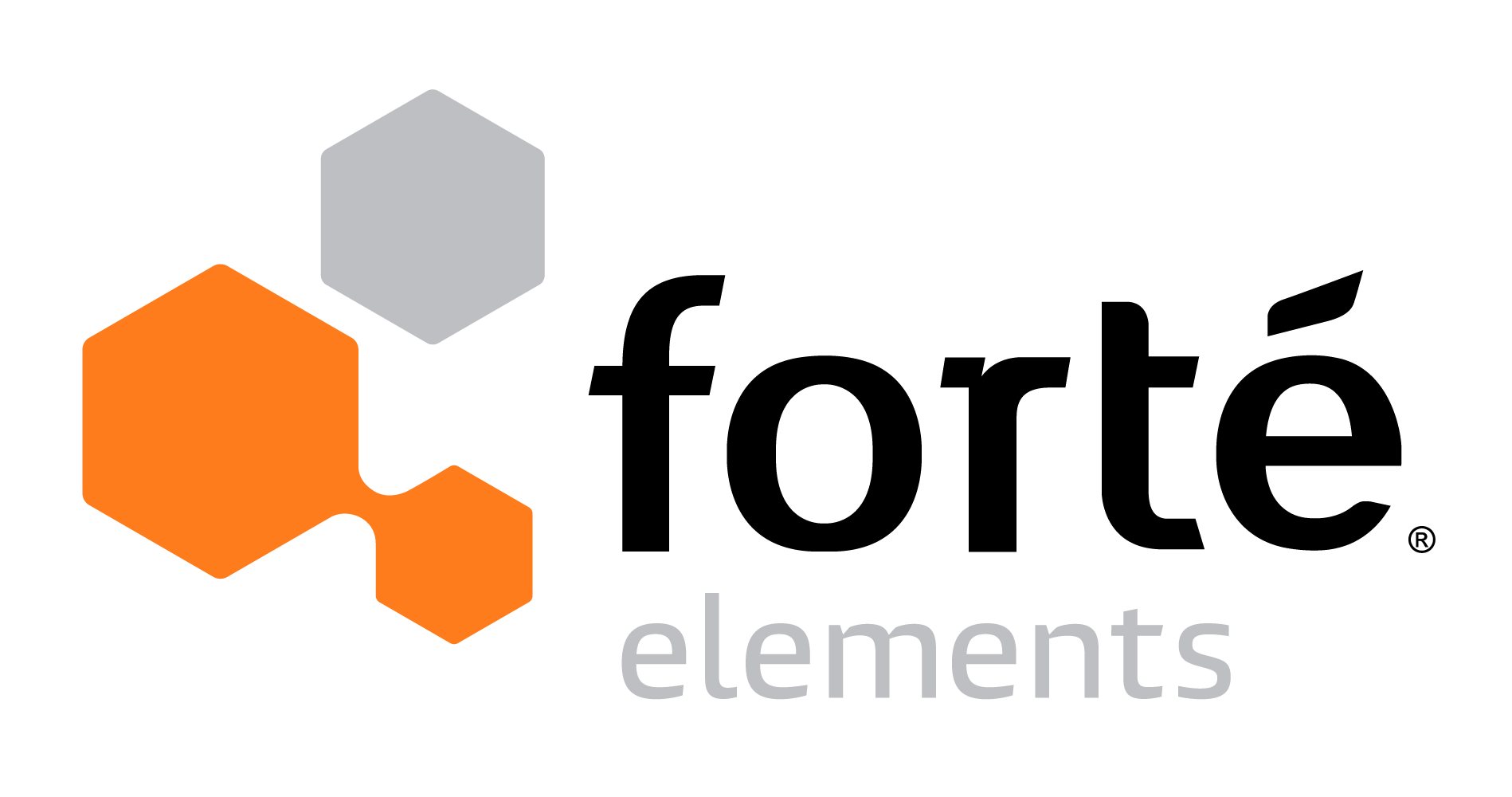Bone & Joint Health
What is your job doing to your joints?
Around 150 million people in the United States have a job—sales rep, engineer, nurse, retail manager, cashier, accountant, waiter or waitress, teacher, construction. And joint pain can affect every single one of those 150 million hard workers. No matter the job.
However, joint pain especially targets jobs that involve manual labor. Here is a good-sized list of jobs, including:
- Electricians
- Police officers
- Manufacturing
- Construction and building
- Mechanic and automotive
- Carpentry
- Grocery stocker
- Firefighter
- Equipment operator
- Landscaping
- Welder
- Plumbing
More professions and careers include more physical labor than you would think. And that labor can take its toll. Here is everything you need to know about how to care for your joints on the job.
What causes joint pain?
Joint pain and discomfort can occur for many different reasons. It can be caused by an injury or joint condition. However, a very common cause is overuse—using your joints in the same motion, repeatedly, day after day. What is happening to your joints when experience discomfort?
Joint pain is caused by inflammation and discomfort that sources from a specific part of your joint. That includes your bones, muscles, ligaments, cartilage, or tendons. It can be caused by a muscle strain. Or it can be caused when your cartilage breaks down, causing your bones to rub together. The pain can be mild and sore or intense and acute. Overusing your joints can affect all of the above. In fact, pain caused by overuse affects 33% of adults, with lower back pain being the most common complaint.

What kind of movements can cause overuse? Some examples include:
- Operating machinery
- Lifting and moving heavy objects
- Scanning items and stocking shelves
Overuse joint pain can also be caused by working your joints too hard and not giving them rest.

What are the symptoms of a joint problem?
You need to make sure you listen to your joint pain. Don’t disregard it because it good be a sign of a more serious joint condition. Here are some symptoms to take note of:
- Pain and discomfort
- Stiffness and limited mobility
- Redness or warmth around the joint
- Swelling and inflammation
- Joint deformity
- Aching or burning in the joints
- Joint pain that disrupts your sleep
Some of these more symptoms are more serious than others. It is safer to speak to a doctor if you have any prolonged discomfort, even if it is mild. If any of these symptoms come on suddenly or severely, make sure to see your doctor. These symptoms can be a sign of a joint condition or problem.
Types of joint problems
Arthritis. The most common form of arthritis is osteoarthritis. Rheumatoid arthritis is also a common type. There are more than 100 different types of arthritis! Arthritis is characterized by inflammation of the joints that causes stiffness and pain. This condition continues to worsen with age.
Injury. A joint injury is a major factor in joint pain. It can be a strain or sprain or tear. If not healed properly, it can cause future joint problems.
Bursitis. This condition affects what is known as the bursa. The bursa is a sac of fluid that helps lubricates your tissues. It lives in between tissues such as bone, tendons, and muscles. The bursa helps prevent friction and irritation. Bursitis causes inflammation of the bursa, reducing its ability to cushion the joints.
Gout. Gout is actually another form of arthritis. It affects the joints in your big toe and can be very painful. Gout causes pain, swelling, stiffness, deformity, and lumps. People with gout often have triggers that cause flares.
Fibromyalgia. This condition affects the way your brain processes pain, often causing more pain than necessary. It is characterized by muscle fatigue and joint pain. Fibromyalgia can have a widespread of symptoms, including:
- Fatigue
- Headaches
- Chronic or severe pain
- Stiffness
- Gastrointestinal issues
Joint injuries in the workplace
No one wants to get hurt at work. Unfortunately, it does happen.
Jobs that involve manual labor have a potential for a lot of different injuries. Many of these injuries affect your joints. Some of the most common workplace injuries include:
- Muscle strains
- Repetitive strain injuries (RSI)
- Slips and falls
- Crashes/collisions
How to reduce joint pain & reduce risk
There are many ways to reduce your risk for joint problems and treat your current joint pain. Here are some ways.
Maintain a healthy weight. Overweight adults are 15% more likely to suffer from arthritis. Carrying around extra weight puts pressure and strain on your joints. Luckily, even losing a couple pounds can benefit the health of your joints.

Choose the right supplements. You need supplements that protect your cartilage and lubricate your joints. When choosing a joint supplement, look for these nutrients:
- Glucosamine
- Chondroitin
- DHA/EPA
- MSM
- Vitamin C
These elements work together to keep your joints moving and flexible. Providing your joints with the nutrients they need will help reduce your joint discomfort.
Move your joints. Your joints are designed to move! The better they move, the better they will feel. Swimming, aerobics, lifting weights, walking, cycling, and yoga are great ways to strengthen your joints. Inactivity can cause joint discomfort. As a plus, exercise can help you lose any extra weight that is straining your joints.
Over-the-counter medication. The most common OTC medications for joint pain are NSAIDS (Nonsteroidal Anti-Inflammatory Drugs). The top two NSAIDS used for pain relief are ibuprofen (Motrin, Ibuprofen) and naproxen (Aleve). NSAIDS target joint pain by reducing inflammation. If your joint pain becomes more severe, you doctor can give you a prescription-strength NSAID.
Massage. Massage therapy is overall a relaxing experience. Relieving tension and stress in general with have a benefit to your joints. Having a massage, especially one targeted to your problem areas, can help reduce pain, improve range of motion, reduce stiffness and swelling, and improve the overall function of your joints.
Hot and cold therapy. Both heat and cold can help with joint pain. We recommend you try both to see which one works best for you. You might find that both work for you. Both heat and cold work to reduce pain. Heat can provide instant relief to pain while cold reduces swelling and helps with deeper pain.



